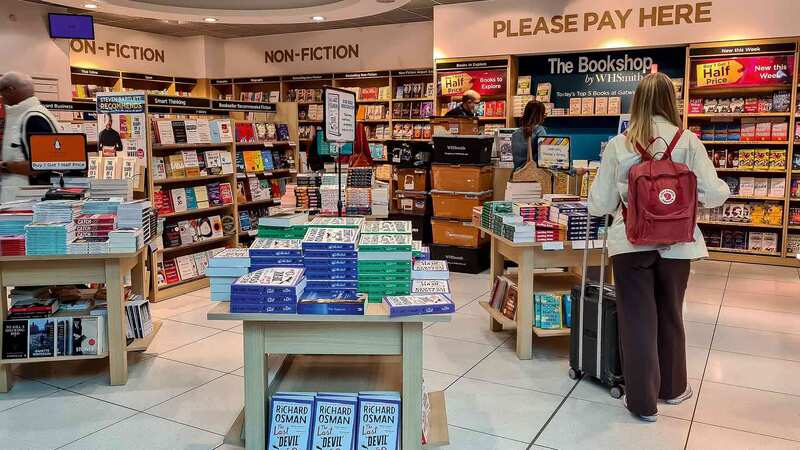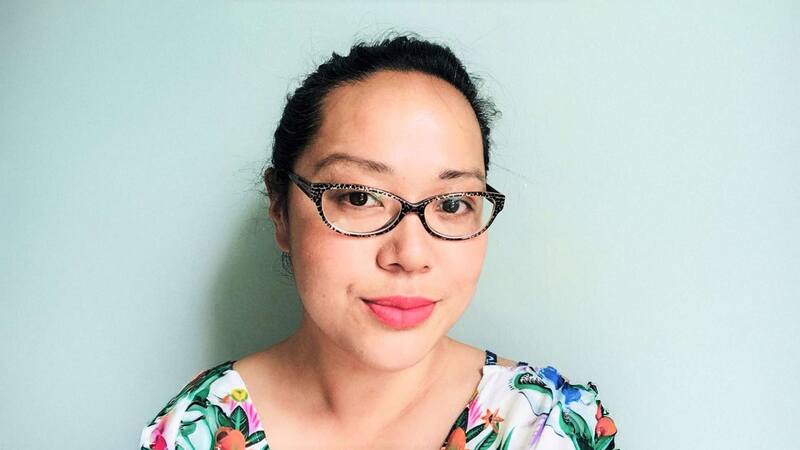You are viewing your 1 free article this month. Login to read more articles.
Getting in the picture
Schemes that help illustrators break into the industry really matter, so please: get involved.
I had tried for several years to get illustration commissions in children’s publishing and had written and illustrated four picture books. To no avail. I thought I had the skills to break into this field. I had a degree in visual art, had previously worked as an artist and animator in the games industry and enjoyed drawing and painting, although I had not studied illustration.
My perception of the "barriers to success" at the time was that they were two-fold: not knowing WHO to approach in children’s publishing and having no idea HOW to approach children’s publishers either. But I realise now that while knowing how the children’s publishing industry worked was (and is) critical to success, I also needed to learn how to illustrate for picture books. I needed to develop art skills and an art style that children’s book publishers would want.
From 2019-2021 I took part in Pathways Into Children’s Publishing — a unique, creative and professional development course for aspiring illustrators from backgrounds that are currently underrepresented in children’s publishing. The course is produced and presented by Pop Up Projects CIC, a non-profit social enterprise with a mission to transform lives through literature and publishing. The programme is designed and delivered by 100+ children’s illustrators, editors, art directors, course leaders and lecturers from 25 leading publishers and universities. Since graduating from the course, I have been commissioned to contribute illustrations to three HarperCollins Children’s Books titles, including The Offline Diaries by Yomi Adegoke and Elizabeth Uviebinené, as well as a colouring book for Penguin Random House.
I tried to absorb every word, every nuance, every bit of information on what worked and what did not work in the art that I had produced. I wanted to know exactly what publishers wanted
For me, the most useful sessions during the programme were those that informed us specifically on the "art" of picture books; for example, developing characters, drawing body language and storytelling using images. I loved the storytelling session and the wordless picture book brief that we subsequently did. It felt like a turning point in my understanding of how to develop characters and create illustrations that told a story — with or without text!
The feedback given on our briefs by publishers was also priceless. I recall my very first feedback, face to face with a very senior art director from Bloomsbury. I was nervous, more than a bit starstruck and wanting very much to impress. But I listened hard to everything she said. In that feedback session and every subsequent feedback for each brief that followed, I tried to absorb every word, every nuance, every bit of information on what worked and what did not work in the art that I had produced. I wanted to know exactly what publishers wanted, and how the world of children’s publishing found and commissioned illustrators. The completely amazing bit was getting the information directly from the horse’s mouth. That is how (I hope) my picture book art skills progressed.
Is there more that publishers and agents can do to open the path to more diverse illustrators? My perception is that artwork must be seen by publishers to be in the running for a commission. How else can they choose an illustrator for a project? Opening the path to commissions thus needs a method via which agents and publishers see art and portfolios from a diverse range of illustrators.
The most direct method I can suggest is for publishers and agents to connect with groups and organisations such as The Black British Illustrators Network group on Facebook and, of course, Pathways Into Children’s Publishing — perhaps periodically viewing curated portfolios? After all, it was Pathways Into Children’s Publishing that put my portfolio in front of publishers and enabled me to get an agent and get commissioned. If you’re not seeing fresh and different talent, you’re not going to commission it; so please, get out there and make use of these schemes and groups. It makes the difference between dreams, and dreams that come true.
Pathways Into Children’s Publishing is open to submissions until 29th July.


















